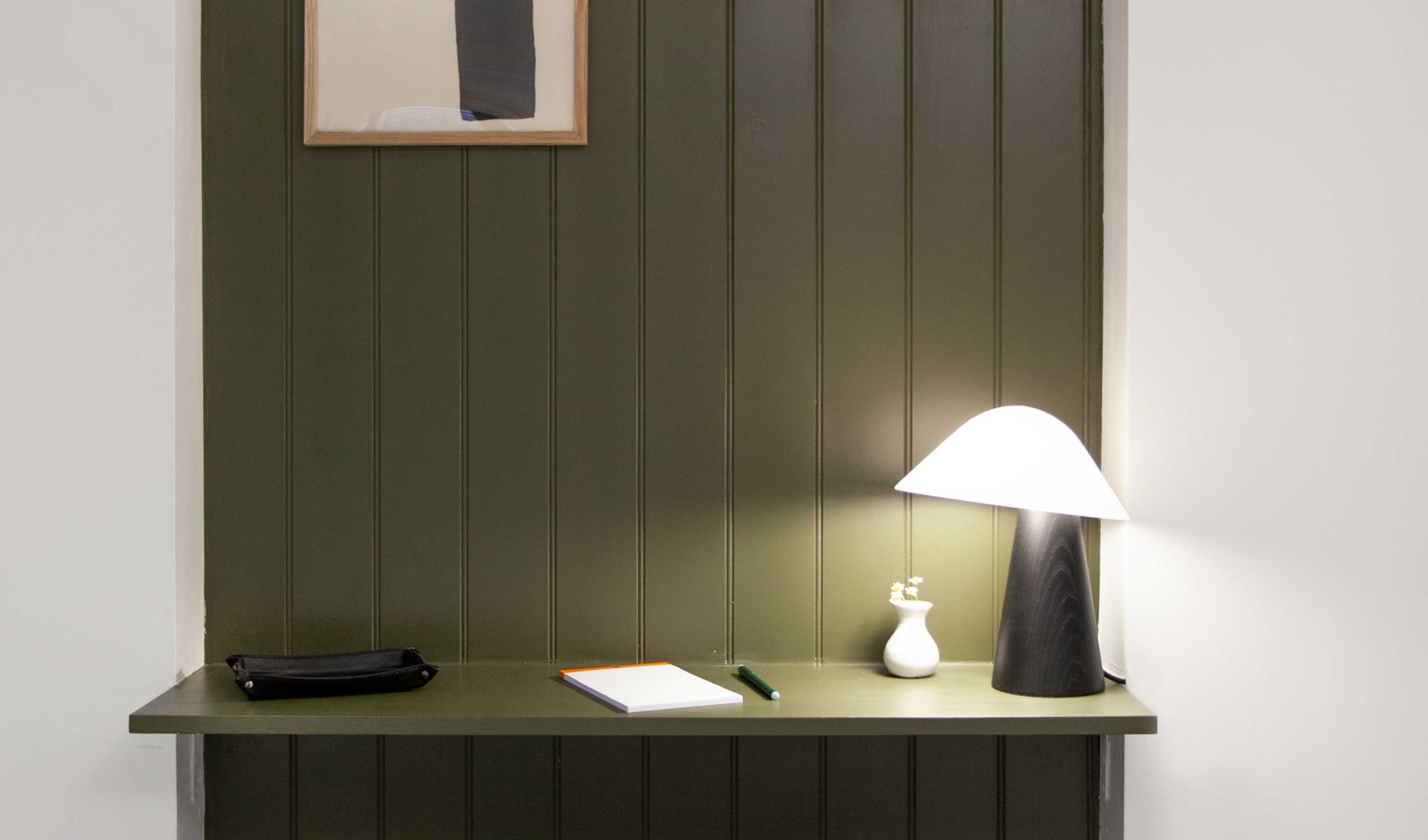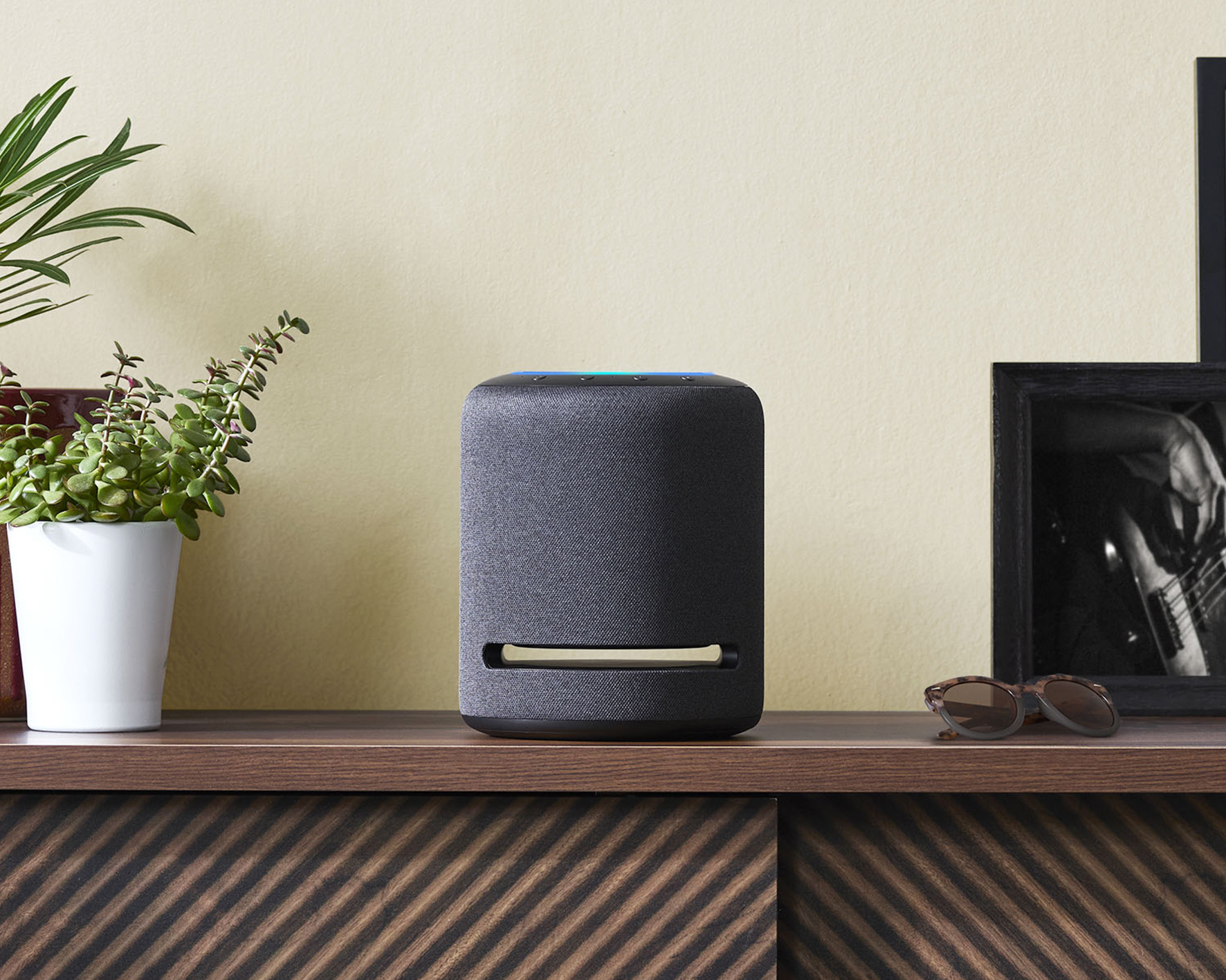I'm banking on this little-known Alexa hack to nail my New Year's resolution – here's why
Try out this simple skill that will help your Alexa take you to task and help keep you focused and productive in 2023


While I might have my design-related resolutions for 2023, my main goals for the new year are around being more productive, and less distracted. In the modern world, there's always a push notification about some catastrophic event occurring or some funny video to steal your attention when all you really need to do is get work done.
When it comes to my productivity goals for 2023, I'm turning to an idea known as the Pomodoro technique. It's a simple idea for keeping you focused that's never been easier to follow – especially as it's now available as an Alexa skill so that your digital assistant can help keep track of your timings.
Here's how the Pomodoro technique works, and how you can set up your Alexa-enabled device to make it work.

Hugh is Livingetc.com's deputy editor, and an experienced homes and property journalist. While setting up his Christmas routines on his Alexa device, he discovered this new routine he's going to be embracing in 2023.
What is the Pomodoro technique?
The Pomodoro technique, or Pomodoro timer, is an idea that sees you schedule work time into blocks of 25 minutes, separated by a five-minute break. The concept was developed as a time management system at the tail-end of the 80s, and is named after the Italian word for tomato. That's because it was originally created using a kitchen timer, often, at the time, shaped as kitsch tomatoes.
Start by setting yourself a goal for the 25-minute block, and limit distractions during this time. These blocks of time are said to be the ideal length to prevent procrastination and maximize productivity, by creating a sense of urgency to aid focus. ADHD diagnoses are at an all-time high, and it's worth noting that research has shown that the Pomodoro technique is an effective way to deal with some of these symptoms, such as lack of focus. It can be a great tool for your home office when working from home if you've got a certain task to get done.
How can I use the Pomodoro timer on Alexa?

One of the barriers to using the Pomodoro technique is making timing yourself quick and easy to do. You could, for example, use your phone's alarm system, but this requires inputting multiple times and alarms, eating into your study time or breaks. Kitchen timers are a little harder to come by in 2025, too, so something like an Alexa-enabled device, or any other smart speaker, is a prime candidate to take on the task.
Previously, you could only make your Alexa create a Pomodoro timer through two techniques. The first is a skill called Tomato Helper, which is an unofficial Pomodoro skill. However, with ratings of two stars out of five, it's clear this isn't the best option. Otherwise, you'd need to create a routine yourself. This could be done via the Alexa app by creating a trigger phrase that would then set an Alexa routine into action, which would need to include scheduling timers for your 25-minute blocks and five-minute breaks.
The Livingetc newsletters are your inside source for what’s shaping interiors now - and what’s next. Discover trend forecasts, smart style ideas, and curated shopping inspiration that brings design to life. Subscribe today and stay ahead of the curve.
Some people are more confident with their Alexa devices than others, it's fair to say, so fortunately, now Amazon has introduced a Pomodoro timer as a pre-installed skill.
To activate it, you'll need to head onto your Alexa app. Click on the 'More' tab on the far right, and head into 'Routines'. You'll find the Pomodoro Timer in the 'Featured' routines tab. Open it and press enable. You'll then be able to ask Alexa to 'Start Pomodoro Timer'. Alexa will then time your 25-minute blocks, and even play relaxing music in your five-minute breaks.

Hugh is Livingetc.com’s editor. With 8 years in the interiors industry under his belt, he has the nose for what people want to know about re-decorating their homes. He prides himself as an expert trend forecaster, visiting design fairs, showrooms and keeping an eye out for emerging designers to hone his eye. He joined Livingetc back in 2022 as a content editor, as a long-time reader of the print magazine, before becoming its online editor. Hugh has previously spent time as an editor for a kitchen and bathroom magazine, and has written for “hands-on” home brands such as Homebuilding & Renovating and Grand Designs magazine, so his knowledge of what it takes to create a home goes beyond the surface, too. Though not a trained interior designer, Hugh has cut his design teeth by managing several major interior design projects to date, each for private clients. He's also a keen DIYer — he's done everything from laying his own patio and building an integrated cooker hood from scratch, to undertaking plenty of creative IKEA hacks to help achieve the luxurious look he loves in design, when his budget doesn't always stretch that far.